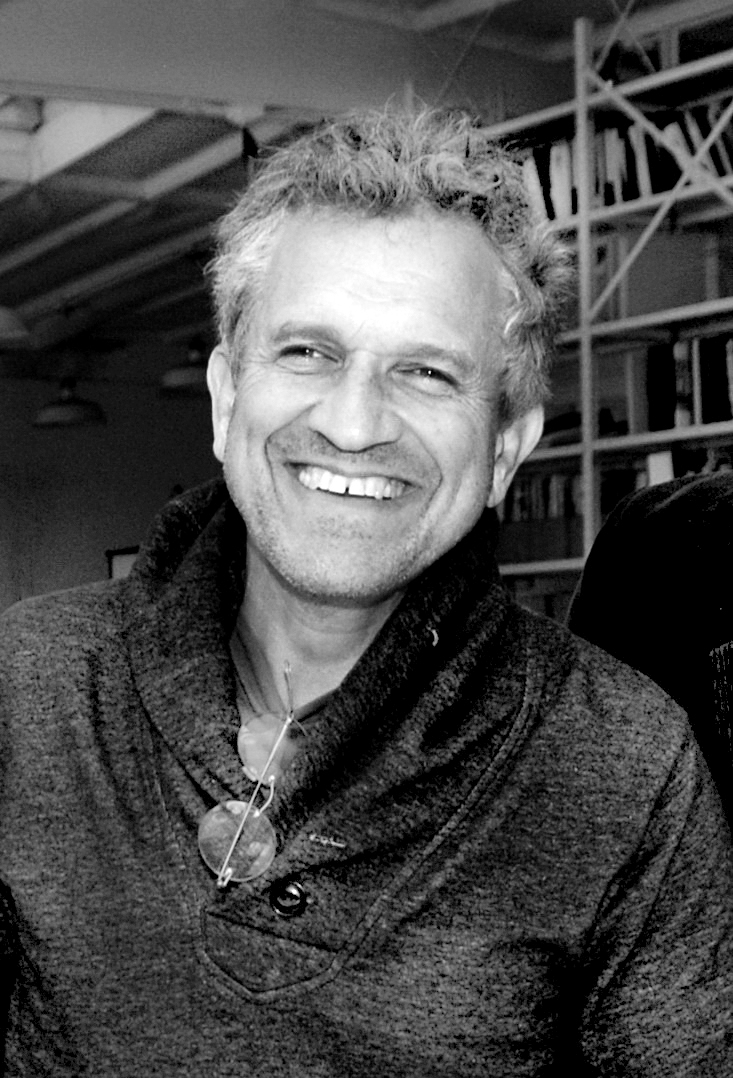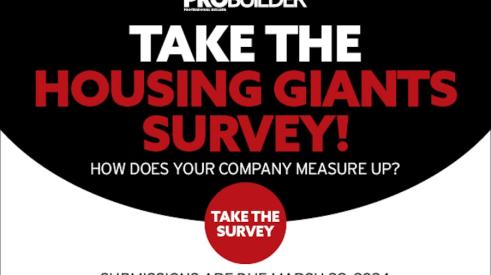Michael Lehrer designed his first home 40 years ago and has been at it ever since. He spent a year working for celebrated architect Frank Gehry (it taught him much, including the importance of intensely engaging clients in the design process), before opening his own firm, which now employs about 15 people and does a mix of commercial, affordable, and custom projects. Equal parts spiritual and pragmatic, Lehrer recently talked with Custom Builder about the importance of the best windows, hand-made models, and happiness as a reliable measure of successful design.
Q: Your firm does commercial, affordable, and custom work. Is that balance consistent, or does it vary?
A: At any given moment, the balance changes, but, yes, we do all of the above. Architecture is architecture; I don’t wear different hats for different projects. There are firms that are highly specialized and when you go to work there you tend to emphasize knowledge of a specialty. One of the defining things about architecture is that, as superficially similar as things may seem, there are enough idiosyncracies about a project that each one is an invention, every time.
It’s all about how smart, agile, and opportunistic you are to expertly and beautifully solve a problem, touch the soul, and lift the spirit. That’s the job. Designing a custom home in Santa Monica Canyon and affordable homes in south Los Angeles is the same activity. I don’t think there’s any difference—aside from the details. Less money, different politics, site, and funding.
Q: South Central LA and Santa Monica Canyon—those neighborhoods are worlds apart. Are there challenges in shifting from working in one to the other?
A: The challenge is the problem at hand: How do I solve it so it makes people happy? We’ve achieved lovely sight lines in Santa Monica Canyon, and we’ve done affordable housing in south LA that’s darn gracious.
Q: What’s the biggest change you’ve seen in how custom projects come together?
A: We’re in a time when abstract modern design has a lot of currency. Not every house has to be that way, but beyond style, what makes modern design important is that it’s the best solution for addressing functional and spatial problems.
There’s a widespread appreciation for light and air that gets put under the rubric of sustainability and survival. Our instinctual love of fresh air and natural light is now a no-brainer. In our studio, we don’t use lighting during the day, so the light happens to be free, with no use of nonrenewables. But the most important thing is that it’s luxurious, delicious light. It’s happy. Those features are no longer just for people who are “hip.” The acceptance of contemporary design is less interesting to me than something that knocks your socks off and captures essences of light, place, and landscape. The first Earth Day was more than 40 years ago, and we set our first LEED goals in 2002. It took a generation or two to catch on, but now it’s second nature and the bar has been raised.
Q: Has there been a change in custom clients?
A: There’s more openness to light and air. It costs more to use a big window, but if you do it once in a while, you get a lot of bang for the buck. Offering value is a high priority for us. We believe in the beauty of value and the value of beauty.
Q: Has technology changed the way you work?
A: Yes. We build lots of models. We build them fast and we build them big; they’re a design tool and a great way to communicate with clients. Also, I think it’s important to make things.
But tools like Google Earth are radical. If we’re studying a site and doing a presentation model, printing out a view and pasting it onto a foam-core board helps us communicate and explore ideas. The state of software development right now means that you’re building a structure on your computer. It’s not an answer to life’s problems, but when you’re working with other consultants who don’t think visually, the ability to flesh out problems three-dimensionally changes everything.
Q: What do you look for when recruiting new talent?
A: A baseline professional skill set and whether someone does certain basics exceptionally well. Maybe it’s an above-and-beyond way of using conventional software or producing unusually beautiful working drawings. I want to have a practice that creates excellence and beauty in our work and in the people who do the work. I want people to find profound joy in this very hard work we do together. I’m interested in peoples’ fulfillment and I want to be able to give in to my natural instinct to make people happy.
Being creative means facing sadness and depression almost chronically. A lot of time spent designing is time spent not solving the problem, and that can be a roller-coaster. Given that this is the process, along with speaking the hard truth, it’s important to do so in an environment that embraces individuals so they can be their best selves, do their best work, and feel safe in taking risks and not always getting it right. In embracing that, good outcomes come readily. It’s part of leadership to be proactive and attentive to the great work your colleagues are doing. The results can be stunning.
Q: What makes for a great builder on a custom project?
A: High emotional intelligence—the way you deliver news about how a project is going is really important. It’s easy to lose people on small things and not lose them on big things, depending on how you communicate. You have to know how to communicate the truth strategically and intelligently. A contractor needs to keep a stable, calm ship; deal with normal adversities; and to frame them for the client in a way that’s logical and meaningful.
I look for builders with a visceral commitment to partnering. Designer, builder, and client are a tripartite team. We’re in this together. These relationships are long-winded, there’s a lot at stake, and everybody makes mistakes. Another key to success is cutting one another slack. If you know that people are basically honest and competent, you know that your mistake may be the issue this week, but next week it might be mine.
In terms of checks and balances, there are healthy attributes to these inherently adversarial relationships. How do you encourage a collegial relationship where resources are spent on solving problems, not covering your ass? A bad builder can be miserable to work with, but it’s the client who defines reality. You cannot be better than your client. Ideally, a homeowner takes responsibility for their decisions and their indecision. At one point in my career, I didn’t even know such people existed. If a client sows mistrust and disrespect, even an ideal builder or project manager is limited in capacity.
Q: You’ve said you were born to be an architect ...
A: Yes. If I hadn’t become an architect, I would have become a rabbi. Architecture is about the human spirit, so if I design places that make you happy to be in them, I don’t have to be a rabbi; I’ve created an experience that allows you to experience sacredness. It’s good that we live in a time where mindfulness has currency. It wasn’t always so. One of the things that architecture does is to make you mindful of being in a place. If you solve a problem graciously, that project gets under your skin and makes you feel good to be there. If you get it right, you’ve created a place that, seven days a week, is doing its work and making people happy. That’s a noble goal, and it’s rare.
You’ve written about design as a moral enterprise. What does that mean? Using the fewest resources to create an extraordinary outcome. Achieving excellence with little has moral and religious portent. If you buy the best and most expensive of everything and make something that’s fantastic, that’s great—but it’s not a moral enterprise. You also have to be aware that there are consequences to overmining.
Q: Why moral?
A: Doing my job well means finding beauty to the fullest extent in every person and every site. It must be practical and it must touch the soul. The architect Louis Kahn talked about served and servant spaces. If you have a pantry, that’s a served space. You serve it by stocking it with food and goodies. As a servant space of the kitchen, it offers abundance, ease, choices, and organization. A good pantry enhances the deliciousness of basic human activity. If you get it right, it will work now and always.
This story originally ran in the Winter 2019 issue of Custom Builder. See the print version here.
Advertisement
Related Stories
Housing Giants
The 2024 Housing Giants Survey Is Now Open!
Complete the 2024 Housing Giants Survey to see if your company makes the cut in Pro Builder's rankings of the largest home building companies in the country
Business Management
Meet the Young Leaders in Pro Builder's 2023 Forty Under 40
Recognizing and celebrating our 2023 Forty Under 40 class of energetic, innovative young leaders representing the future of the housing industry
Business Management
WOTUS Rulings Cause Confusion for Home Builders
NAHB Housing Policy Briefing: Lack of clarity for land developers and builders regarding waters of the United States; construction labor market update







